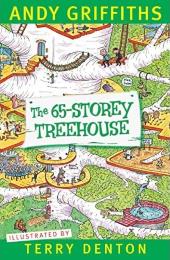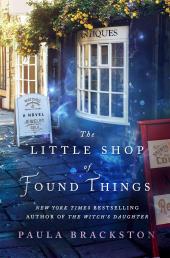The 2020 posthumous publication of this 1977 manscript shows us Heinlein’s first forey into the multiperson solipsism of semi-mad scientist Jake Burroughs, his beautiful daughter Deety, her strong love interest Zeb Carter, Hilda Corners and their time/dimension-traveling ship
Gay Deceiver. In all, the earlier manuscript has three adventures that were significantly changed in his eventual 1980 publication of the work, retitled as
The Number of the Beast:
- In Pankera, the Mars Ten actually is Barsoom where the gang meets the Princess of Mars and others, while in Beast, Mars Ten is a relatively boring futuristic British Mars.
- Pankera has a long adventure in the Lensman universe, while Beast has only a few pages.
- Pankera’s ending is a 30-page, rushed description of how they plan to launch a major war against the Panki, while Beast’s 130-page ending takes the gang to the universe of Dora and Lazurus Long where they rescue Maureen from the past and are joined by a passel of Heinlein’s characters.
In both books,
Gay Deceiver can clearly travel through any one of three time axes at will, although that ability is largely ignored apart from Maureen’s rescue in
Beast. Because of this, we had a fierce debate up in the ITTDB Citadel about whether to even include
Pankera in the database. In the end, we decided yes, marking it as the parent work of
Beast, but on account of no easily recognizable time travel, we also marked it as having only debatable time travel.
—Michael Main He thinks of me now as the one person who’ll be able to say who’s the original and who’s the plagiarist when “the other guy” does eventually turn up!

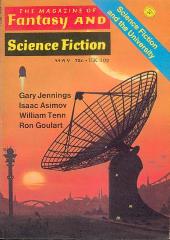
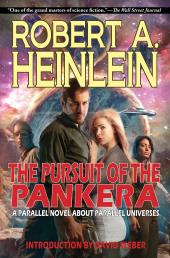
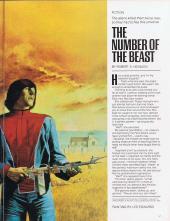
![Quantum Leap [s01e05]: How the Tess Was Won Covered in mud in a pig sty, an exasperated Scott Bakula (as Sam Beckett) holds
up a piglet.](https://img.ittdb.com/000000/35/05S-35-000000.jpg)

